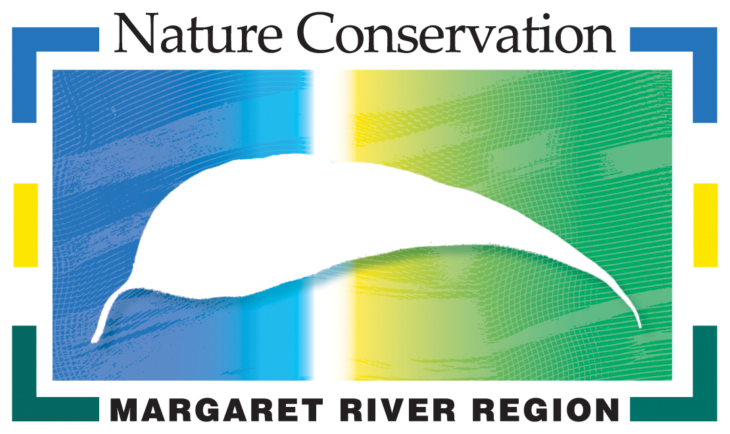An Australia-first marine program made a splash in Margaret River this week, turning local students into citizen scientists and empowering them to solve problems affecting our ocean and coastline.
Called the EMA project – which stands for Educational Marine Areas – the Nature Conservation Margaret River Region program involves local school students working with marine researchers to become stewards for a stretch of coastline. The students learn about and survey the marine ecosystem, and then identify threats such as algae blooms, plastic pollution, human impacts or species loss. Finally they meet with stakeholders before devising and voting on solutions, putting them into practice, and sharing the learning with the community – inspiring more action.
First started in the Marquesas Islands a decade ago, the EMA project has become hugely successful, with school children acting as custodians of more than 1000 Educational Marine Areas around the world.
Margaret River’s popular Gnarabup Beach was selected as the first spot in Australia to expand the program in collaboration with Nature Conservation. And a pilot program kicked off on Monday with four Year 5 classes from Margaret River Primary School, thanks to seed funding from Cape Mentelle wines.
The student citizen scientists learned about the marine significance of Gnarabup from Undalup Association’s Shannon Clohessy, identified coastal birdlife with Birdlife WA’s Christine Wilder, and spotted and discussed marine life with scientists from University of Western Australia and EMA Australia. They also explored waves and erosion with Coastal Connections, and hit the water to learn about the Ngari Capes Marine Park with hands-on activities led by Great Southern Reef Foundation and the Department of Biodiversity, Conservation and Attractions experts.
Nature Conservation’s EMA project coordinator Tracey Muir says the students relished swapping the classroom for the beach and were fascinated to learn more about our coastline and ocean conservation. “We had an awesome morning with the Year 5’s from Margaret River Primary School, exploring the ocean and the coastline, learning about the birds and the unique marine life here,” she said.
MRPS principal Aaron Thomas said he was “really pleased the kids can be down here learning how to take care of their patch and how the reef system is really important to this little part of country”.
According to EMA Australia marine research scientist Dr Kim Lema, the project’s strength is by inspiring and empowering the next generation to come up with solutions to problems facing our oceans.
Nature Conservation general manager Drew McKenzie says the group now hopes to attract major donor funding to roll out the program to Year 5 classes across the entire Margaret River region this year and beyond.
“The ocean is so central to what we all love about this special part of the world, and the EMA project is a really powerful way to engage young people to become stewards of the ocean and the coast,” Mr McKenzie said.
“We have years of experience and strong relationships with local schools through our land-based education programs Our Patch and Adopt a Spot, and the EMA project extends that to the ocean environment. We’re asking corporate or philanthropic donors to get in touch to help make this project a reality.”
